EVENT![]()
Sur Jahan
INVENTORIES![]()
IMILIKUT/IMENURU: WAYANA AND APARAI GRAPHIC ART
ICHGRAM![]()
Assosiation of Upper Egypt for Education and Development in the annual meeting of the World Martial Arts Union (WoMAU)
-
INVENTORIES
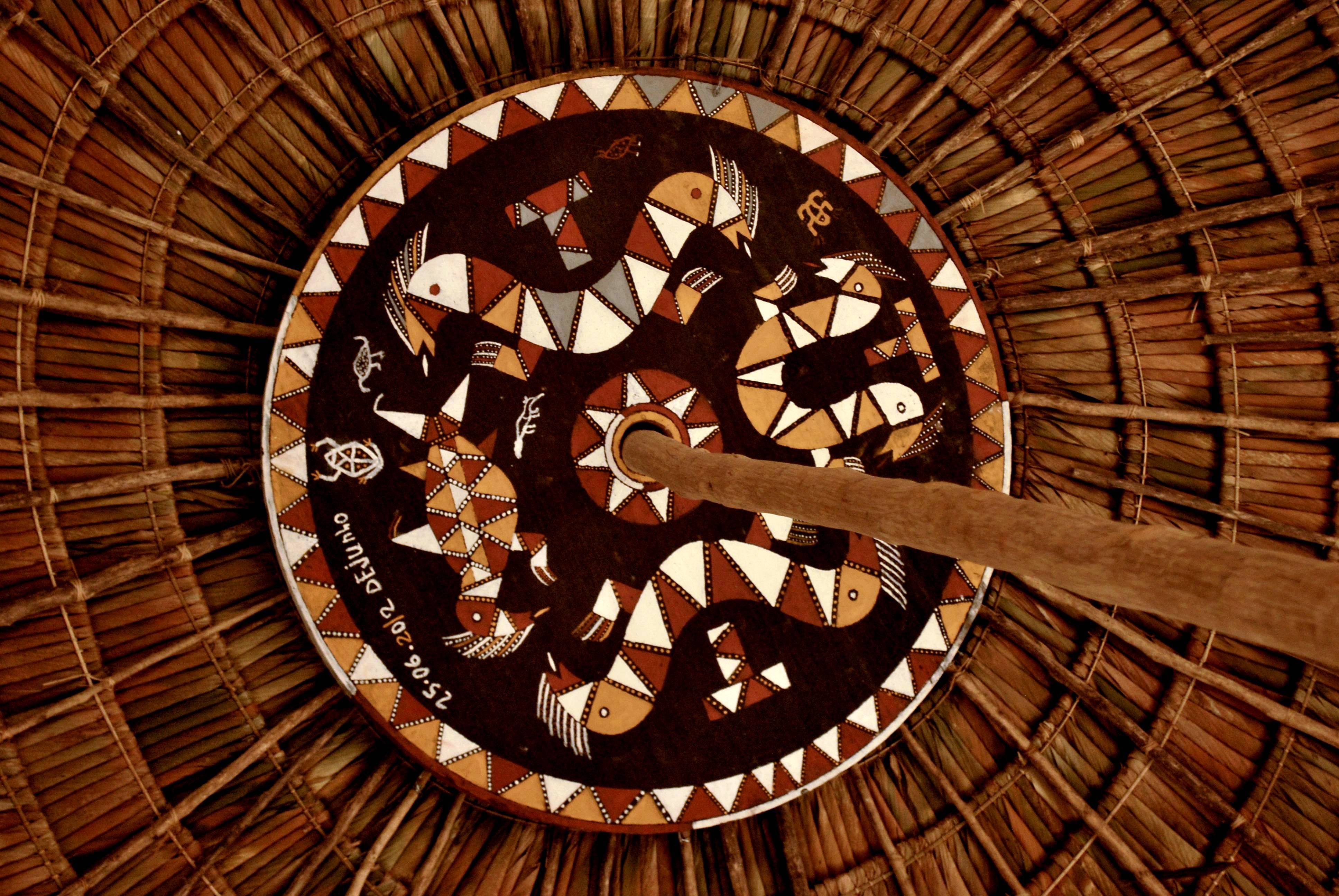
IMILIKUT/IMENURU: WAYANA AND APARAI GRAPHIC ART
The graphic art of the Wayana and Aparai, indigenous peoples of northern Pará, is a traditional cultural expression marked by great material, symbolic and conceptual diversity. Their graphics, created according to their own concepts, reflect a dynamic system of knowledge transmitted orally and through daily practices. As a collective heritage, governed by specific social and political norms, this art presents historical continuity and constant recreation, adapting to cultural transformations through creative processes of updating and resignification, which guarantees its contemporaneity and identity relevance.Like all cultural elements, the graphic art of the Wayana and Aparai is subject to internal and external influences, which alter its formal and conceptual aspects. These changes are also reflected in social practices that can currently affect the contexts of production and, above all, the transmission of this art to the younger generation. On the other hand, it is worth noting that the graphic systems of
05-02-2025
-
INVENTORIES
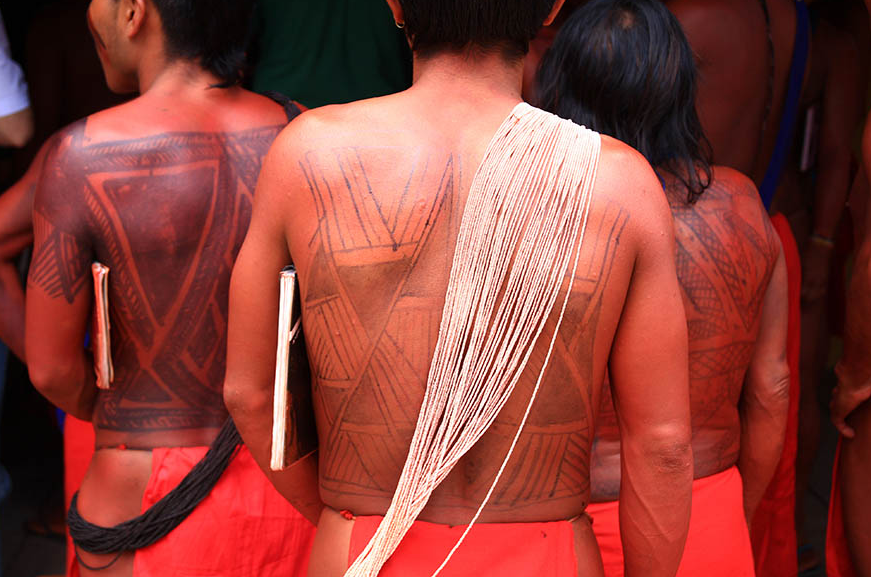
Kusiwa Art: Body Painting and Graphic Art of the Wajãpi People of Amapá in Brazil
This is a system of representation—a graphic language of the Wajãpi people of Amapá—that synthesizes their way of understanding, conceiving, and acting upon the universe. The kusiwa graphic system operates as a catalyst for the expression of knowledge and practices that encompass social relationships, religious beliefs, technologies, and aesthetic and moral values. The exceptional value of this form of expression lies in its ability to condense, transmit, and renew—all through the creativity of the artists and storytellers—every unique and element of the Wajãpi way of thinking and being in the world. The kusiwa language is a form of expression that complements the knowledge passed down orally from one generation to the next and shared among all members of the group. This knowledge is mainly found in oral narratives that this Indigenous group—now consisting of about 580 individuals—continues to pass on to their children. These stories explain how colors emerged, how the patterns in the designs came to be, and
05-01-2025
-
INVENTORIES
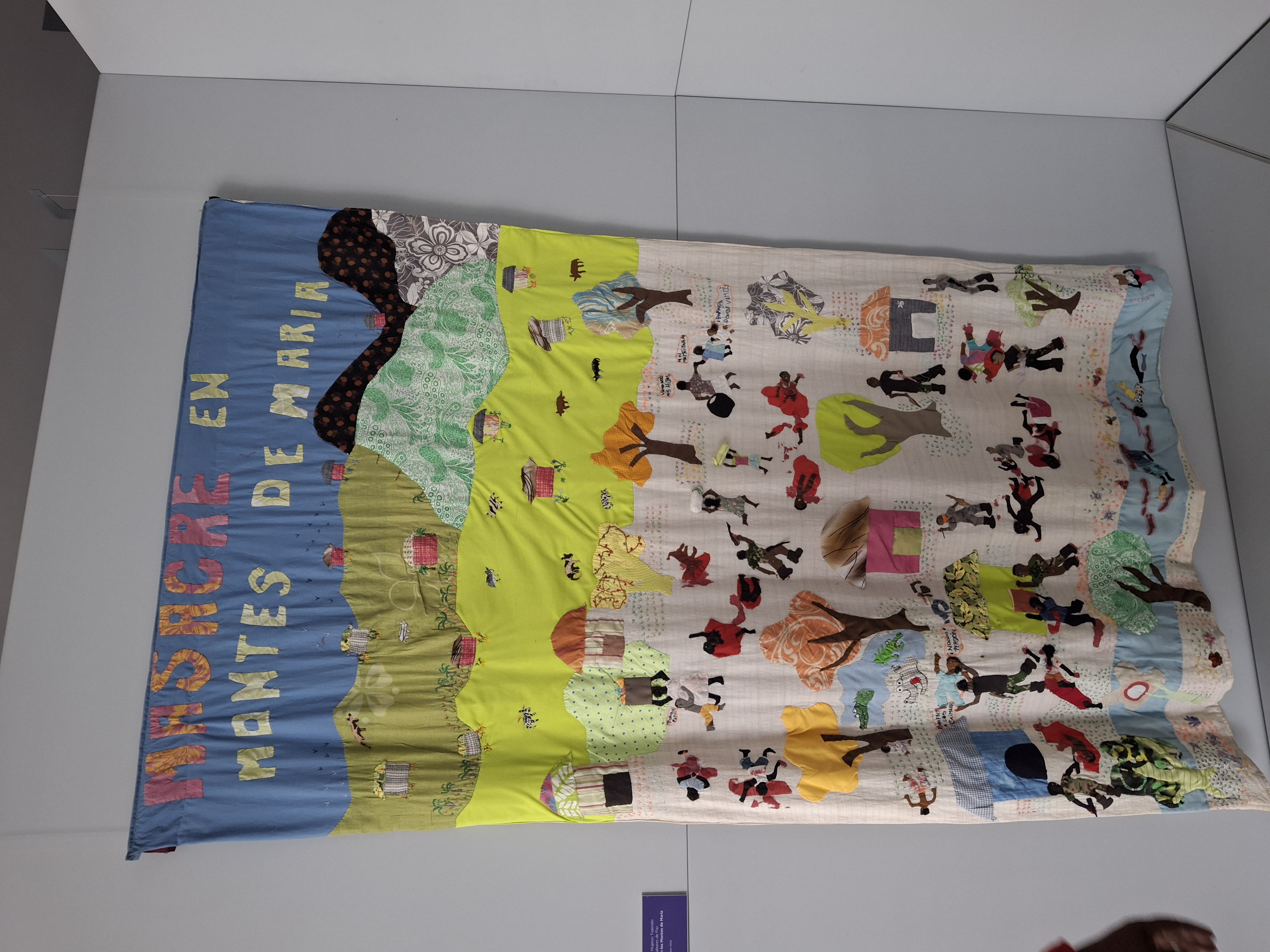
Las Tejedoras de Mampujan: A story of resilience
The Tejedoras de Mampuján (Weavers of Mampuján) emerged in the early 2000s as a collective of Afro-Colombian women survivors from the rural community of Mampuján, located in the Montes de María region of northern Colombia. On March 10, 2000, over 200 families were forcibly displaced following a brutal paramilitary incursion, marking a profound rupture in the community’s social fabric.In the aftermath, these women transformed their trauma into a process of collective healing and cultural preservation. By 2004, they began utilizing the ancestral art of sewing as a means to transmit oral histories, cultural values, and communal memories. Through participatory workshops and intergenerational training, they established a pedagogical model that integrates traditional sewing techniques with storytelling, fostering resilience and empowerment within the community. The group’s efforts have not only safeguarded intangible cultural heritage but have also gained national and international recognition. In 2015, they were a
04-30-2025
-
INVENTORIES
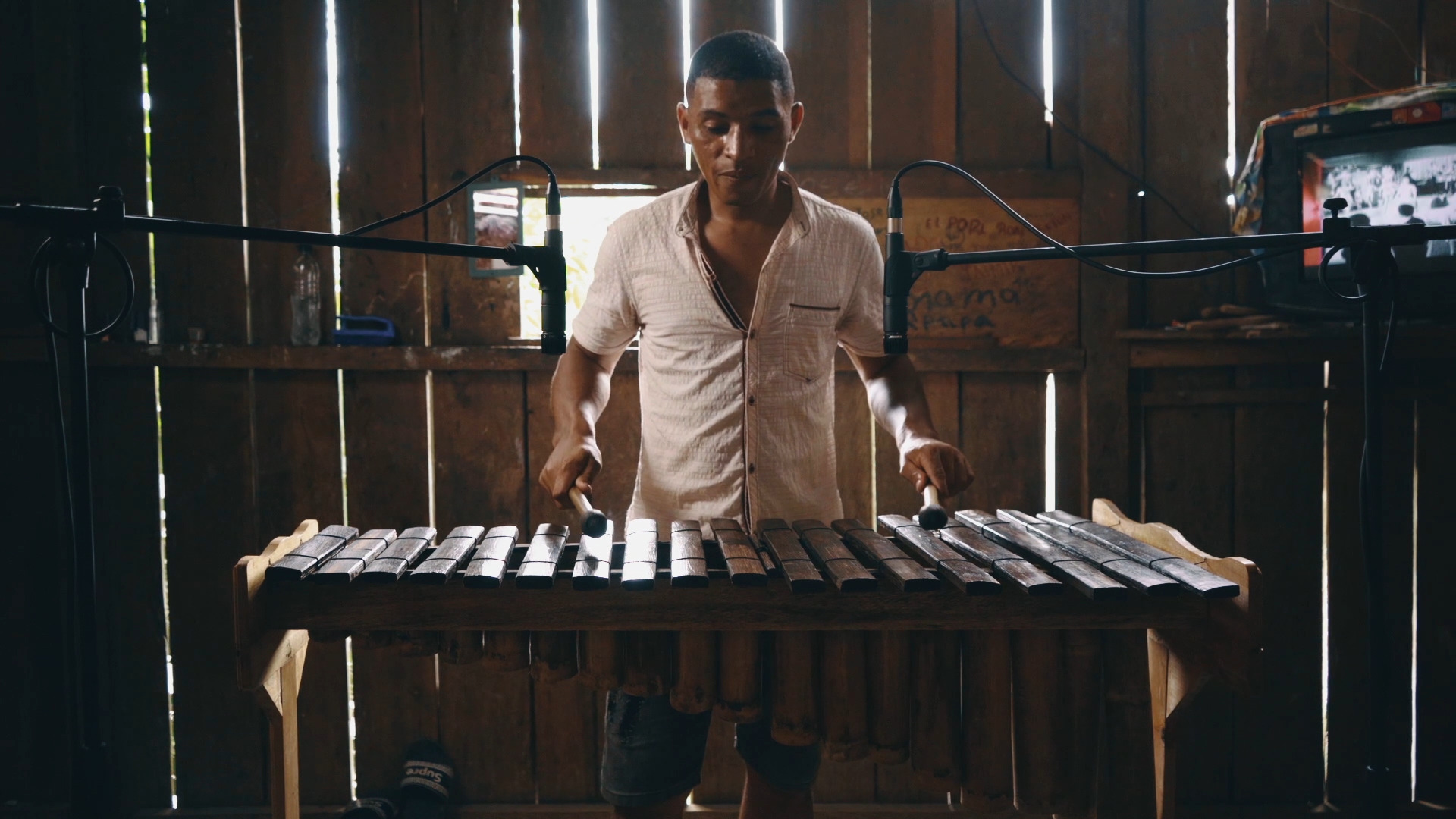
Safeguarding Afro-Pacific Intangible Cultural Heritage in Colombia: A Community-Led Model by Marimbea
- Marimba de chonta music and traditional chants (Bunde, Bambuco Viejo, Alabados, Juga, Rumba, Agua, among others)- Rituals and dance forms linked to music- Oral traditions (décima, storytelling)- Culinary knowledge (viche, traditional recepies)- Instrument-making and crafts (marimba de chonta, guasás, cununos, bombos)Marimbea’s approach centers cultural identity as a vehicle for dignity, peacebuilding, and economic inclusion. Its work connects intergenerational wisdom with innovative practices, supporting communities to safeguard their heritage while creating opportunities for sustainable development. Over the past decade, Marimbea has led more than 120 immersive cultural experiences in Colombia and eight other countries, reaching over 1,000 participants and directly benefiting over 400 people in rural and urban Afro-Colombian communities. These experiences include community-led cultural tourism circuits, educational workshops, interactive concerts, artistic residencies, virtual festivals, performances, and
04-29-2025
-
INVENTORIES
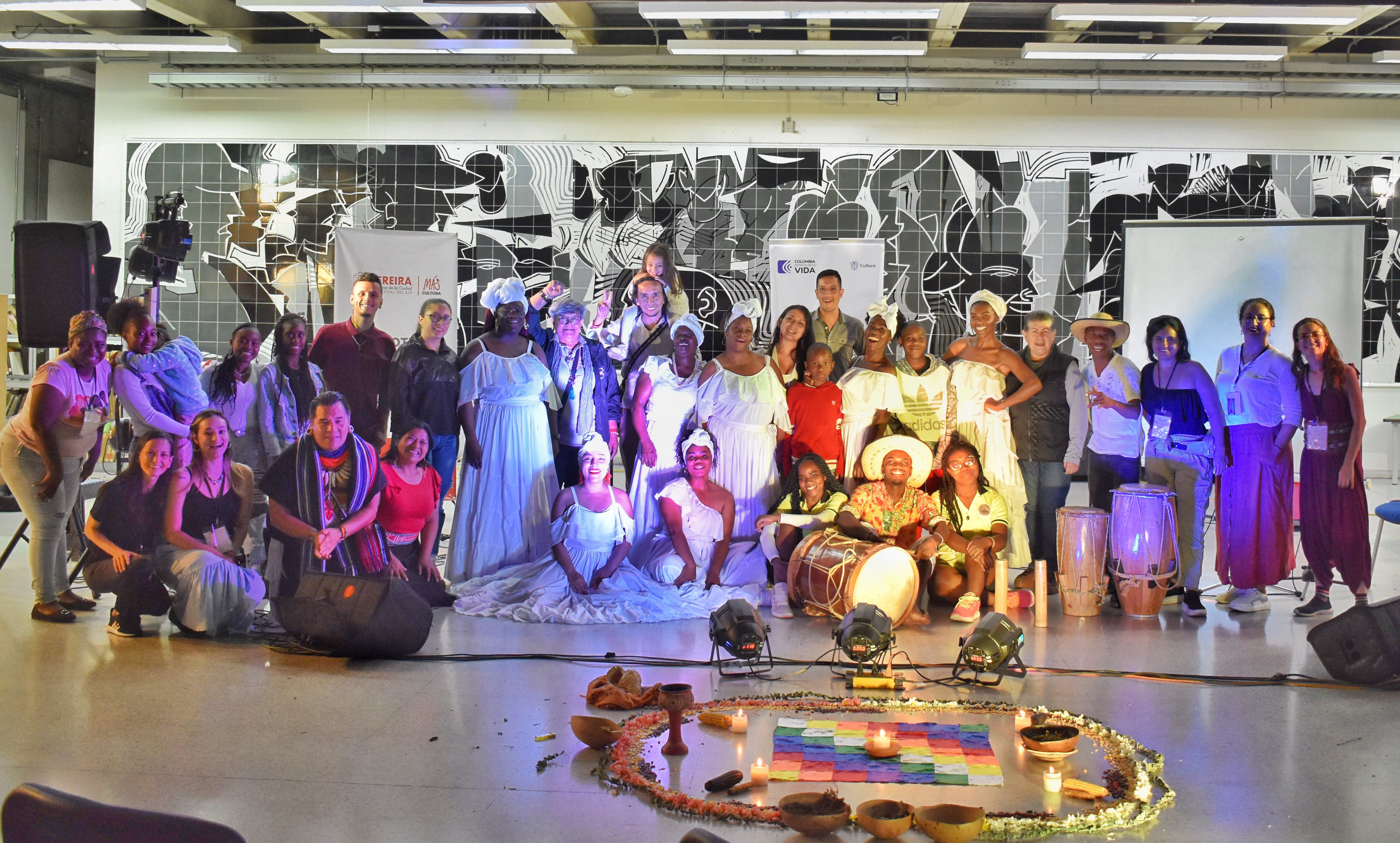
Colombian Intangible Cultural Heritage “WORDS FROM OUR LAND: WEAVING THOUGHT AND MEMORY FROM OUR ROOTS”
“Words from Our Land” is a project that has been continuously developed since 2013, with over 10 years of uninterrupted work. Its main goal is to create educational, research, and social-cultural participation spaces around the Intangible Cultural Heritage (ICH) of Colombian communities. It also aims to revitalize native languages and bring visibility to the ancestral knowledge of Indigenous, Afro-Colombian, and Roma peoples, addressing the loss and degradation of these unique cultural elements that have historically been marginalized.Throughout its evolution, the project has included workshops, community work, conferences, research processes, promotion of oral traditions, food sovereignty practices, and territorial care, establishing an intercultural and transformative intervention model. Its most recent edition was held in September 2024.Key Achievements:Conferences and events around ICH: Numerous educational events with national and international guests have been held, promoting the exchange of ancestral k
04-26-2025
-
INVENTORIES
.png)
Colombian Intangible Cultural Heritage and Peace: Museum Bodies for Empathy
This inventory documents a journey through Colombia’s most remote territories and silenced communities, exploring the role of intangible cultural heritage (ICH) in fostering peace, collective memory, and social cohesion. The project engages diverse cultural expressions, including bodily movement, music, Cuadros Vivos (Living Pictures), weaving, and traditional games, as tools for mutual understanding, empathy, and reconciliation.By facilitating cultural exchanges between territories and communities, the initiative nurtures awareness of Colombia’s rich cultural mosaic. Through the transmission of songs, movements, stories, and emotions, participants co-create collective narratives, shaping a polyphonic chorus that reimagines and transforms history.The creative process unfolds in three key stages: Exploring Embodied Memories – Recognizing the body as a living archive of personal and collective experiences.Mapping Social Connections – Identifying shared gestures and interactions that reflect cultural heritage an
03-07-2025
-
INVENTORIES
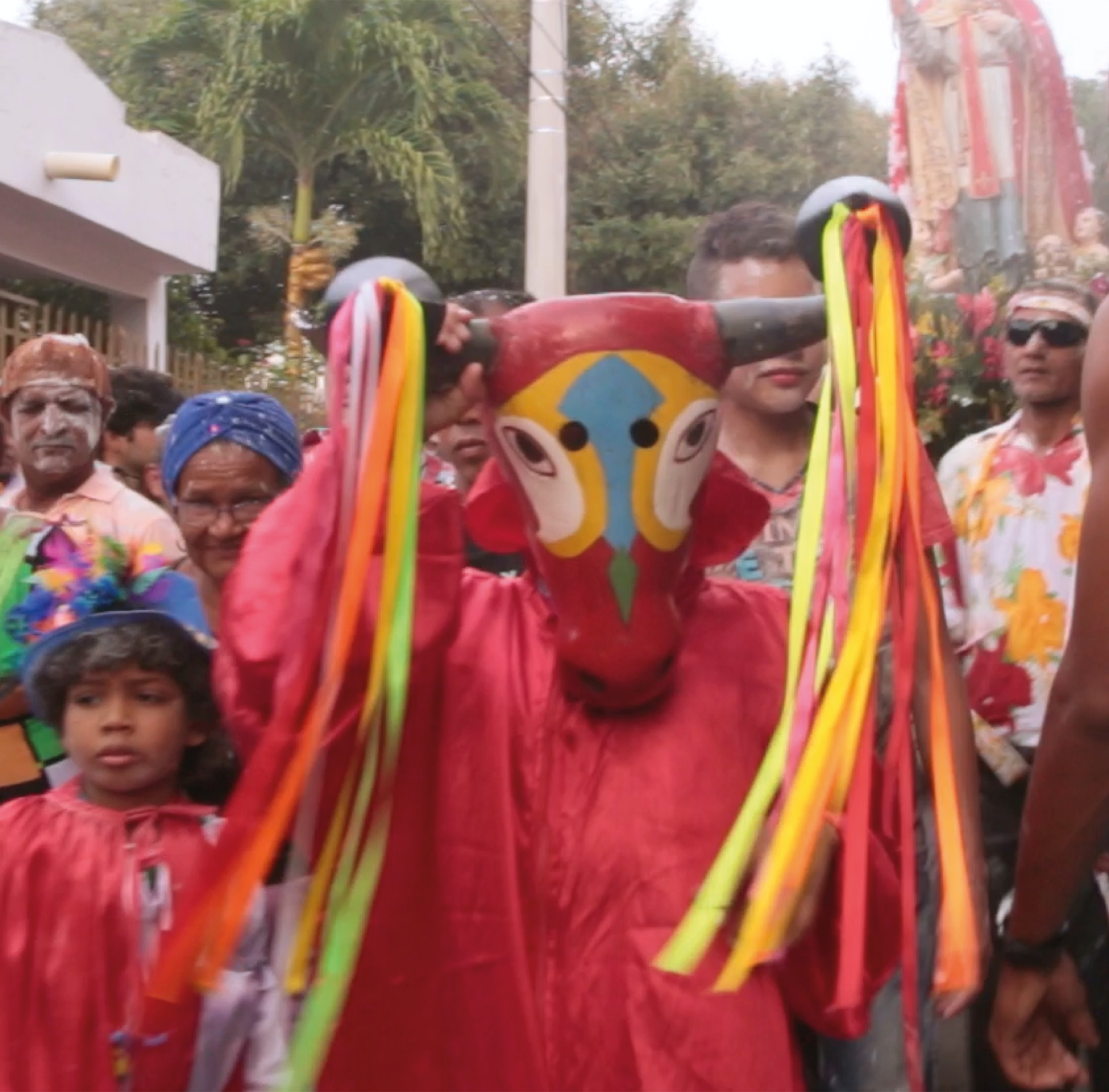
Carnaval de Mamatoco
Históricamente, los primeros carnavales en el Caribe se remontan al siglo XVI en la zona de Mamatoco, Santa Marta, donde convergieron colonizadores, indígenas y más tarde poblaciones afrodescendientes. Esta mezcla cultural tomó forma bajo la influencia de la Iglesia Católica, evidenciada por la construcción de la primera iglesia de Hispanoamérica en Mamatoco. Sin embargo, con el tiempo, esto llevó gradualmente a que la expresión carnavalesca se ocultara dentro del ritual religioso. Mamatoco es quizás el único lugar en el mundo donde se celebran vibrantes precarnavales, aunque paradójicamente su carnaval permanece oculto, representando el origen de los carnavales caribeños en Colombia y la identidad de las mujeres y hombres caribeños.Este fenómeno agrega una capa adicional de complejidad y autenticidad a las celebraciones populares y comunitarias en toda la cuenca del Caribe, enfatizando la riqueza cultural y la singularidad de las expresiones carnavalescas hispanoamericanas, que tienen una amplia relación con
04-30-2024
-
INVENTORIES

Festive Cycle around the devotion and cult of Saint John the Baptist
It is an element of the Intangible Cultural Heritage deeply rooted in more than 150 communities in the northern and central coastal region of the country, in most cases located in front of the Caribbean Sea, at the foot of the Coastal Mountains. These communities are located mainly in the states of Aragua, Carabobo, Miranda, Vargas (current state of La Guaira) and Yaracuy, and include different localities, both rural and urban, of Afro-descendant origin.
04-30-2024
-
INVENTORIES
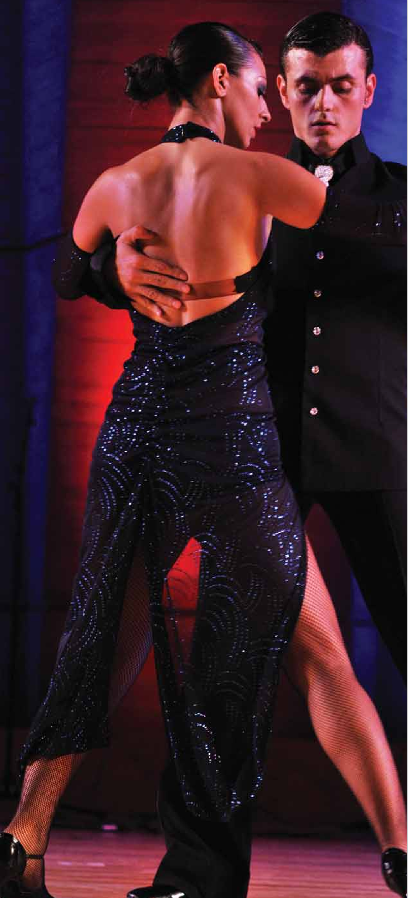
Tango
Tango, originating from the working-class neighborhoods of Buenos Aires and Montevideo in the late 19th century, carries multiple meanings and holds significant importance:Cultural expression: Tango serves as a powerful cultural expression of the Argentine and Uruguayan people, reflecting their history, struggles, and emotions. It embodies the fusion of various cultural elements, including African, European, and indigenous influences, making it a symbol of cultural diversity and identity.Social significance: Tango has historically been a dance of the people, originating in marginalized communities and providing a form of emotional expression and connection. It has served as a way to break social barriers and create a sense of community among people from diverse backgrounds.Artistic form: Tango is not just a dance but also a musical genre, comprising intricate rhythms, melodies, and poetic lyrics. It has become a celebrated art form globally, appreciated for its passionate and evocative expression, both in its
10-20-2023
-
INVENTORIES
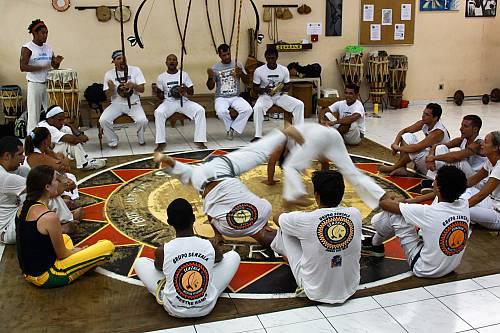
The Art of Brazilian Capoeira Circle
11-13-2019
-
INVENTORIES
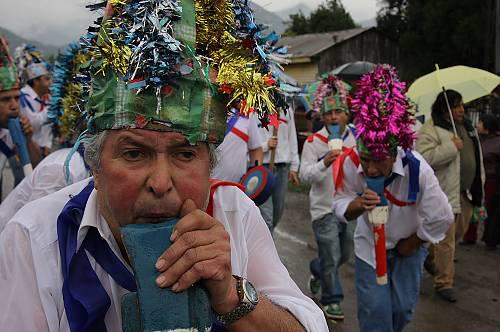
Baile Chino, the dance and dreams of Chile
06-03-2019
-
INVENTORIES
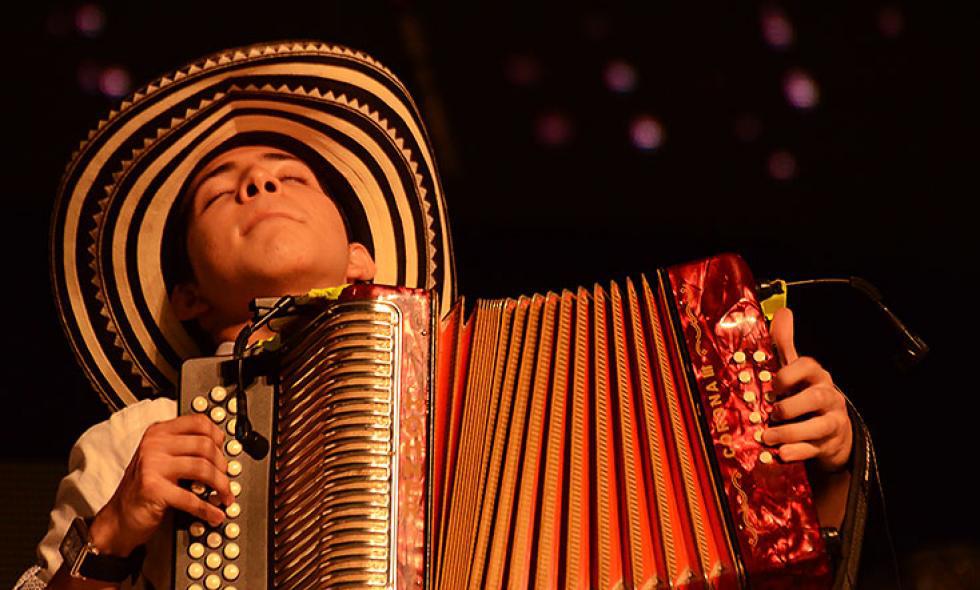
Vallenatos Music of the Greater Magdalena
04-22-2019
-
INVENTORIES
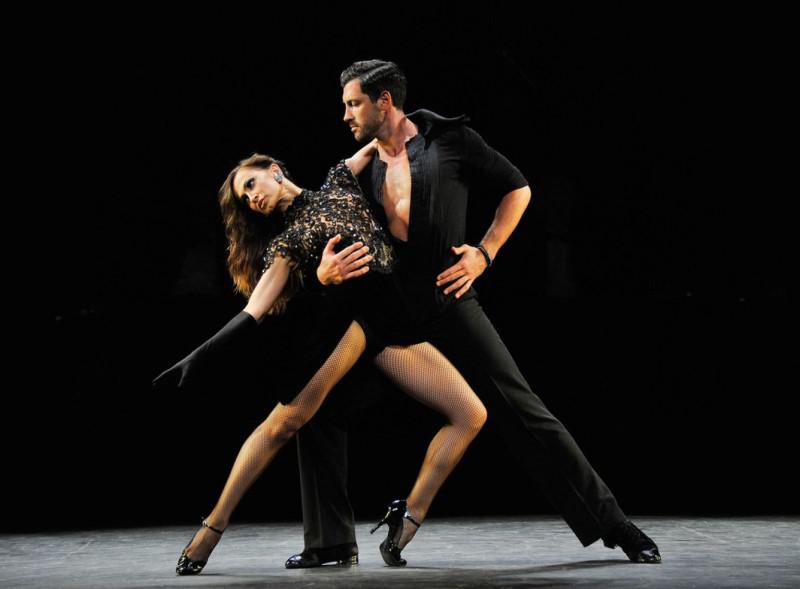
Tango
11-05-2018
 PREV
PREV- …
- …
- NEXT

